Home>Gardening & Outdoor>Plant Care & Gardening Tips>When To Plant Indiana Native Flower Seeds
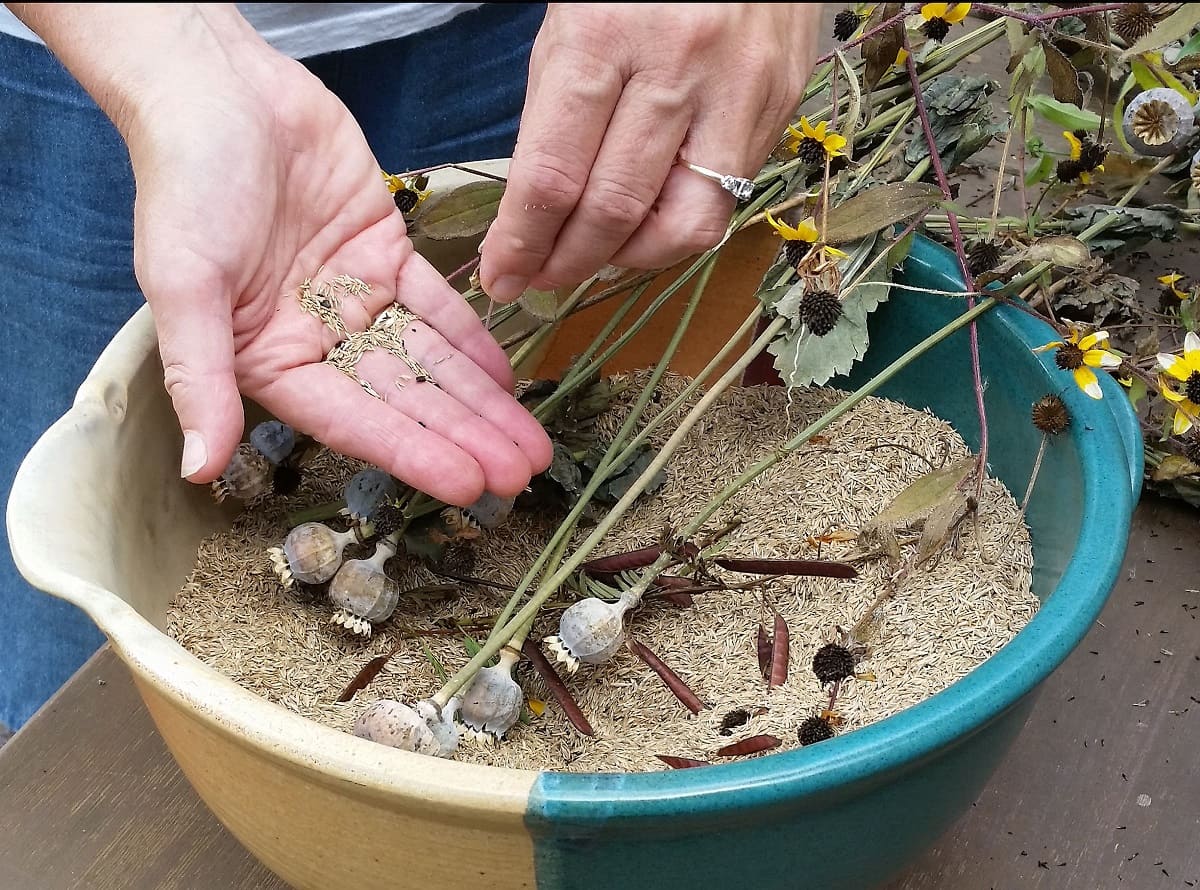

Plant Care & Gardening Tips
When To Plant Indiana Native Flower Seeds
Modified: January 4, 2024
Discover the best time to plant Indiana native flower seeds with expert plant care and gardening tips. Create a thriving garden with our comprehensive advice.
(Many of the links in this article redirect to a specific reviewed product. Your purchase of these products through affiliate links helps to generate commission for Storables.com, at no extra cost. Learn more)
Introduction
Welcome to the vibrant world of Indiana native flowers! Whether you're a seasoned gardener or just starting out, incorporating native plants into your garden can bring a burst of color and vitality while supporting the local ecosystem. In this guide, we'll delve into the art of planting Indiana native flower seeds, exploring the optimal timing, essential tips, and the nurturing care these beautiful blooms deserve.
Indiana's diverse climate and soil conditions provide an ideal environment for a wide array of native flowers to thrive. By understanding the unique characteristics of the region and selecting the right flower seeds, you can create a stunning and sustainable garden that flourishes throughout the seasons.
Join us as we embark on a journey to uncover the secrets of planting Indiana native flower seeds, from the initial selection process to the nurturing care required for these exquisite blooms to flourish. Let's dive into the heart of Indiana's natural beauty and discover the wonders that await as we sow the seeds of indigenous flora.
Key Takeaways:
- Plant Indiana native flower seeds in fall for best results, mimicking natural dormancy cycles. Select high-quality seeds from local suppliers to support indigenous flora and wildlife.
- Care for Indiana native flowers by providing regular watering, mulching, and monitoring for pests. Embrace sustainable gardening practices to create a thriving habitat for local wildlife.
Read more: When To Plant Grass Seed In Indiana
Understanding Indiana’s Climate and Soil
Before diving into the world of Indiana native flower seeds, it’s crucial to grasp the climate and soil conditions that define the Hoosier state. Indiana boasts a diverse climate, with most regions experiencing four distinct seasons. The state’s northern and central areas are characterized by a humid continental climate, while the southern portion tends to have a more humid subtropical climate. These variations influence the types of native flowers that thrive in different parts of the state.
The soil composition in Indiana varies widely, ranging from fertile loamy soils to well-drained sandy soils and clay-rich earth. Understanding the specific soil type in your area is essential for selecting flower seeds that will adapt and flourish in your garden. Additionally, Indiana’s soil pH levels typically range from slightly acidic to neutral, providing a conducive environment for a wide range of native plants.
When selecting Indiana native flower seeds, consider the unique microclimates within your garden space. Areas with ample sunlight, well-drained soil, and minimal competition from invasive species are ideal for sowing native flower seeds. By assessing your garden’s microclimates and soil conditions, you can make informed choices about which native flowers will thrive in your specific environment.
Furthermore, Indiana’s climate and soil conditions play a pivotal role in determining the best time to plant native flower seeds. By aligning your planting schedule with the natural rhythms of the local climate and soil, you can optimize the success of your garden and foster a thriving ecosystem that harmonizes with Indiana’s natural beauty.
Selecting the Right Flower Seeds
Choosing the perfect Indiana native flower seeds is a delightful journey that begins with understanding the unique characteristics of each species. Native flowers such as the Purple Coneflower, Black-Eyed Susan, and Wild Bergamot not only add splashes of color to your garden but also provide essential sustenance for local pollinators and wildlife.
When selecting flower seeds, consider the specific growing conditions and requirements of each native species. Some flowers, like the Cardinal Flower, thrive in moist, shaded areas, while others, such as the Butterfly Milkweed, prefer well-drained, sunny spots. By familiarizing yourself with the growth habits, light preferences, and soil requirements of different native flowers, you can curate a diverse and thriving garden that celebrates Indiana’s natural heritage.
It’s essential to source high-quality seeds from reputable suppliers to ensure the viability and authenticity of the native flower species. Look for local nurseries or online retailers specializing in native plants to find a wide selection of Indiana native flower seeds. Opting for locally sourced seeds not only supports the preservation of indigenous flora but also increases the likelihood of successful germination and robust plant growth in your garden.
As you explore the myriad options of Indiana native flower seeds, consider the visual appeal, bloom times, and potential ecological benefits of each species. By selecting a variety of flowers that bloom at different times throughout the growing season, you can create a dynamic and visually captivating landscape that provides continuous nourishment for pollinators and wildlife.
Ultimately, the process of selecting the right flower seeds is an opportunity to craft a vibrant tapestry of native blooms that not only enhances the aesthetic charm of your garden but also contributes to the preservation of Indiana’s rich ecological tapestry.
Best Time to Plant Indiana Native Flower Seeds
Timing is crucial when it comes to planting Indiana native flower seeds, as it directly impacts the success and vitality of your garden. Understanding the seasonal rhythms and natural cycles of native plants is essential for determining the optimal time to sow your seeds.
For many Indiana native flower species, the best time to plant seeds is in the fall. As temperatures begin to cool and daylight hours shorten, native plants enter a period of dormancy, making it an ideal time for seed germination. Planting in the fall allows the seeds to undergo a natural stratification process, where exposure to the cold and moisture prepares them for germination in the following spring.
Alternatively, some native flower seeds may benefit from spring planting, particularly species that require a cold, moist stratification period to break dormancy. By mimicking the natural conditions these seeds would experience in the wild, you can enhance their germination potential and promote healthy growth in your garden.
It’s important to consider the specific germination requirements of each native flower species when determining the best time to plant. Some seeds may require scarification, a process that breaks through the seed coat to promote germination, while others may benefit from pre-soaking or cold stratification. By understanding the unique needs of each species, you can optimize the planting time and techniques to support successful germination and robust plant establishment.
Furthermore, observing local climate patterns and frost dates is essential for determining the ideal planting window for Indiana native flower seeds. By aligning your planting schedule with the natural rhythms of the region, you can take advantage of favorable weather conditions and provide the best start for your native flowers.
Ultimately, the best time to plant Indiana native flower seeds is a harmonious balance between understanding the natural cycles of the plants and aligning with the seasonal cues of the local environment. By embracing these rhythms, you can set the stage for a flourishing garden that celebrates the beauty and resilience of Indiana’s native flora.
Plant Indiana native flower seeds in the fall or early spring for best results. This allows the seeds to establish before the heat of summer or the cold of winter.
Preparing and Planting Your Seeds
Preparing to sow Indiana native flower seeds is an exciting endeavor that requires thoughtful planning and attention to detail. Before planting, it’s essential to prepare the soil to create an optimal environment for seed germination and subsequent plant growth.
Begin by clearing the planting area of any debris, weeds, and competing vegetation. This allows the native flower seeds to establish themselves without facing unnecessary competition for resources. Loosening the soil with a garden fork or tiller can improve aeration and drainage, creating a hospitable environment for seed germination.
Once the soil is prepared, consider incorporating organic matter such as compost or well-rotted manure to enrich the soil and provide essential nutrients for the emerging plants. Amending the soil with organic matter not only enhances fertility but also improves its texture and water retention capacity, fostering an ideal growing medium for Indiana native flower seeds.
When planting the seeds, follow the recommended sowing depth and spacing guidelines for each native flower species. While some seeds benefit from surface sowing and light coverage with soil, others may require deeper planting to ensure proper germination. Pay attention to the specific requirements of each species to optimize the planting process.
After sowing the seeds, gently press them into the soil to ensure good seed-to-soil contact, which promotes consistent moisture uptake and supports germination. Water the newly planted seeds thoroughly, keeping the soil consistently moist but not waterlogged during the germination period. Using a fine mist or gentle watering can prevent displacement of the seeds and minimize soil disturbance.
It’s important to monitor the planting area regularly, keeping an eye out for emerging seedlings and adjusting watering practices as needed. As the native flower seeds germinate and grow, providing adequate moisture and protection from potential threats such as pests and extreme weather conditions is essential for their successful establishment.
By meticulously preparing and planting your Indiana native flower seeds, you set the stage for a flourishing garden that celebrates the beauty and resilience of the region’s indigenous flora. With care and patience, your garden will soon be adorned with a vibrant tapestry of native blooms, enriching the landscape and supporting local biodiversity.
Read more: When To Plant Flower Seeds For Spring
Caring for Your Indiana Native Flowers
Once your Indiana native flower seeds have germinated and begun to establish themselves, providing attentive care is essential for nurturing their growth and ensuring long-term vitality. Caring for native flowers involves a combination of thoughtful maintenance practices and an understanding of the unique needs of each species.
Regular watering is crucial, especially during the initial stages of growth. While native plants are often well-adapted to local conditions, supplemental watering during dry spells can help support healthy development. It’s important to strike a balance, avoiding overwatering that can lead to root rot while ensuring that the soil remains sufficiently moist to sustain the plants.
Mulching around the base of the native flowers can help conserve soil moisture, regulate temperature, and suppress weed growth. Organic mulches, such as shredded leaves or straw, provide additional nutrients as they decompose, enriching the soil and fostering a thriving ecosystem within your garden.
Regularly monitoring the garden for pests and diseases is essential for maintaining the health of your Indiana native flowers. By identifying and addressing potential issues early, you can minimize the impact on the plants and preserve the natural balance within your garden. Whenever possible, opt for environmentally friendly pest control methods that minimize harm to beneficial insects and wildlife.
As the native flowers mature and bloom, deadheading spent flowers can encourage prolonged blooming and prevent the plants from expending energy on seed production. This simple practice redirects the plant’s resources toward growth and the production of new blooms, prolonging the visual splendor of your garden.
Embracing sustainable gardening practices, such as avoiding chemical fertilizers and pesticides, can further support the health and resilience of your Indiana native flowers. By fostering a biodiverse and ecologically balanced garden, you create a thriving habitat for pollinators, birds, and other wildlife that depend on native plants for sustenance and shelter.
Ultimately, caring for your Indiana native flowers is a labor of love that rewards both the gardener and the environment. By tending to these exquisite blooms with mindful attention and eco-conscious practices, you contribute to the preservation of Indiana’s natural heritage while creating a captivating and sustainable garden that flourishes year after year.
Conclusion
Embarking on the journey of planting Indiana native flower seeds is a celebration of the state’s rich natural heritage and a testament to the enduring beauty of indigenous flora. By understanding Indiana’s climate and soil, selecting the right flower seeds, and embracing the best planting practices, you can cultivate a garden that reflects the vibrant tapestry of the Hoosier state.
As you immerse yourself in the process of preparing, planting, and caring for Indiana native flowers, you become a steward of the local ecosystem, fostering a sustainable and biodiverse landscape that supports native wildlife and pollinators. Each native bloom that graces your garden becomes a living testament to the resilience and beauty of Indiana’s indigenous flora, enriching the environment and captivating the senses.
By sowing the seeds of native flowers, you contribute to the preservation of Indiana’s natural heritage and play a vital role in conserving the region’s ecological diversity. Your garden becomes a sanctuary for native plants, a haven for pollinators, and a source of inspiration for all who encounter its natural splendor.
As you tend to your Indiana native flowers with care and dedication, you create a living masterpiece that evolves with the seasons, offering a symphony of colors, textures, and fragrances that invigorate the senses and nourish the soul. Your garden becomes a living canvas, weaving together the stories of Indiana’s native flora and the enduring legacy of the land.
In the timeless rhythm of planting, nurturing, and witnessing the blooms of Indiana native flowers, you become part of a narrative that transcends generations, connecting the past, present, and future through the enduring beauty of indigenous flora. Your garden stands as a testament to the harmony between humanity and nature, a living testament to the resilience and splendor of Indiana’s native flowers.
So, as you embark on this journey of planting Indiana native flower seeds, may each bloom that graces your garden be a reminder of the profound connection between the land and its inhabitants, and may your garden flourish as a living testament to the enduring beauty and resilience of Indiana’s native flora.
Frequently Asked Questions about When To Plant Indiana Native Flower Seeds
Was this page helpful?
At Storables.com, we guarantee accurate and reliable information. Our content, validated by Expert Board Contributors, is crafted following stringent Editorial Policies. We're committed to providing you with well-researched, expert-backed insights for all your informational needs.
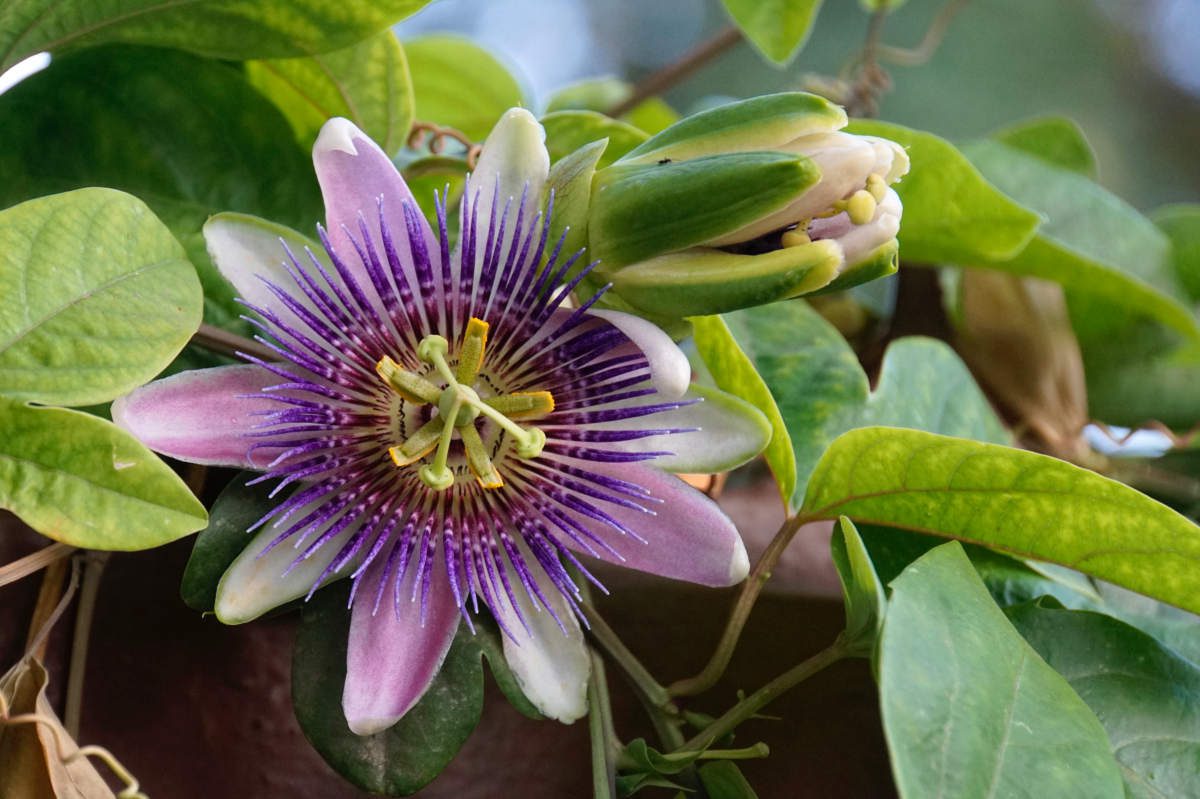
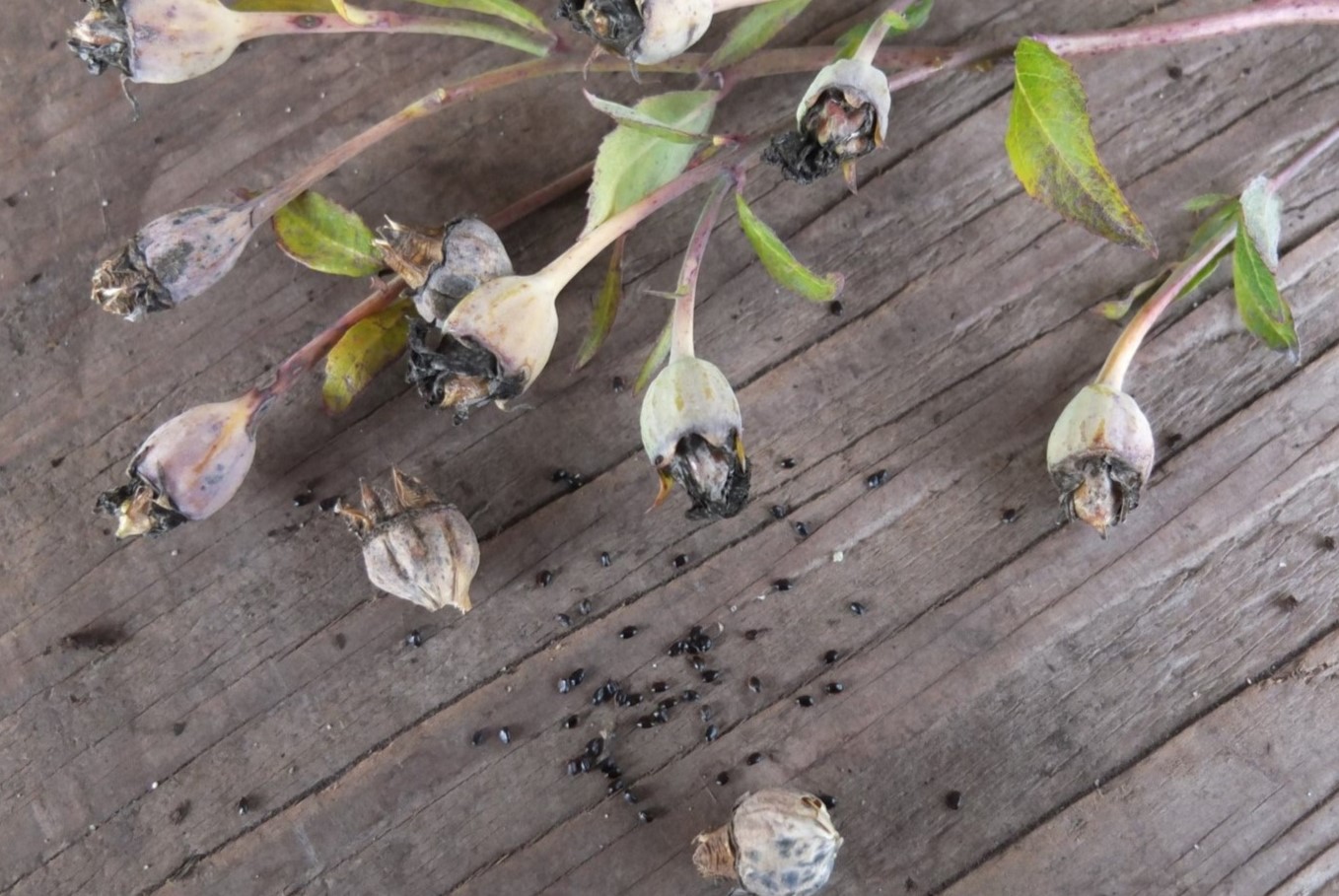
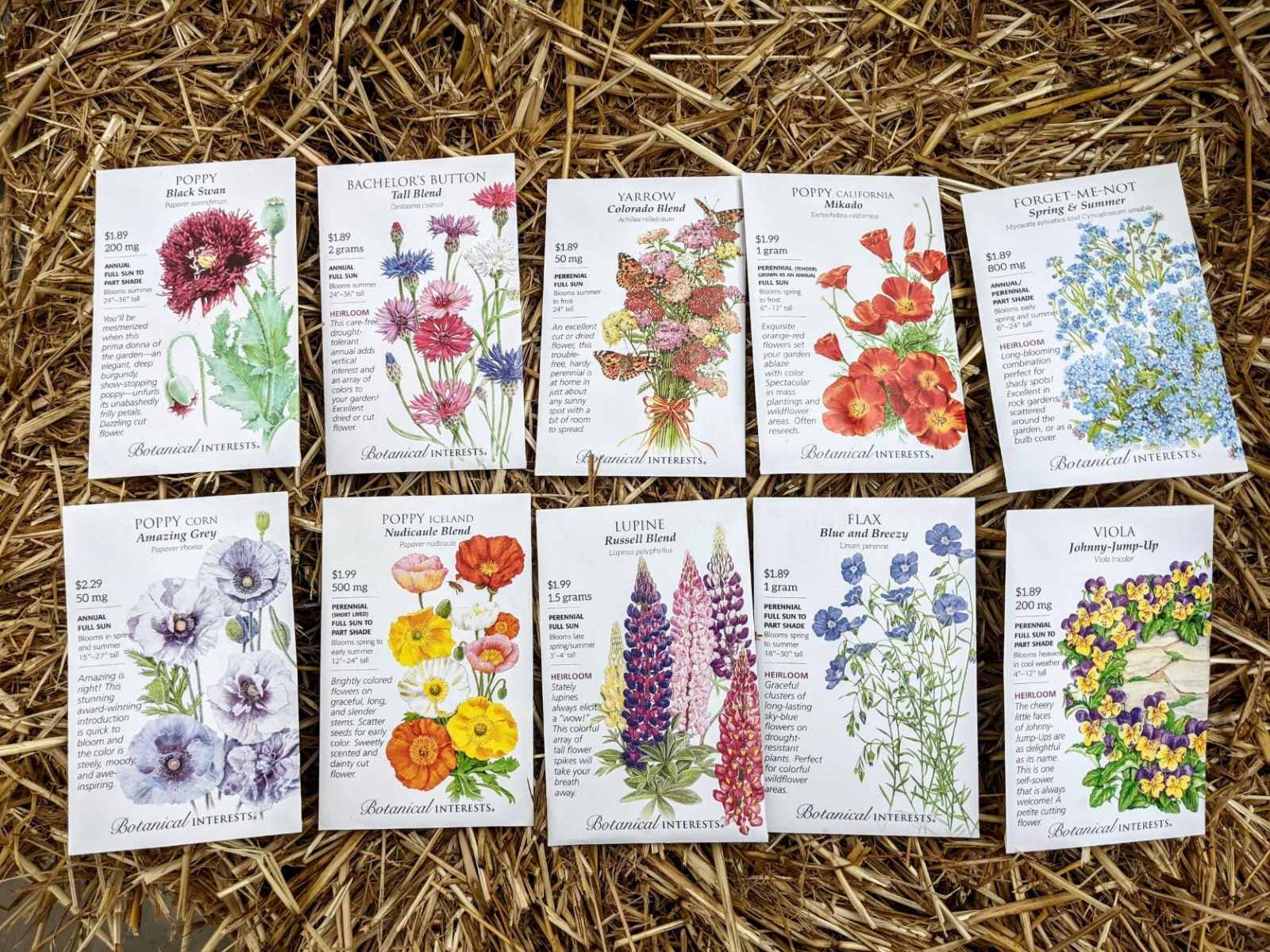
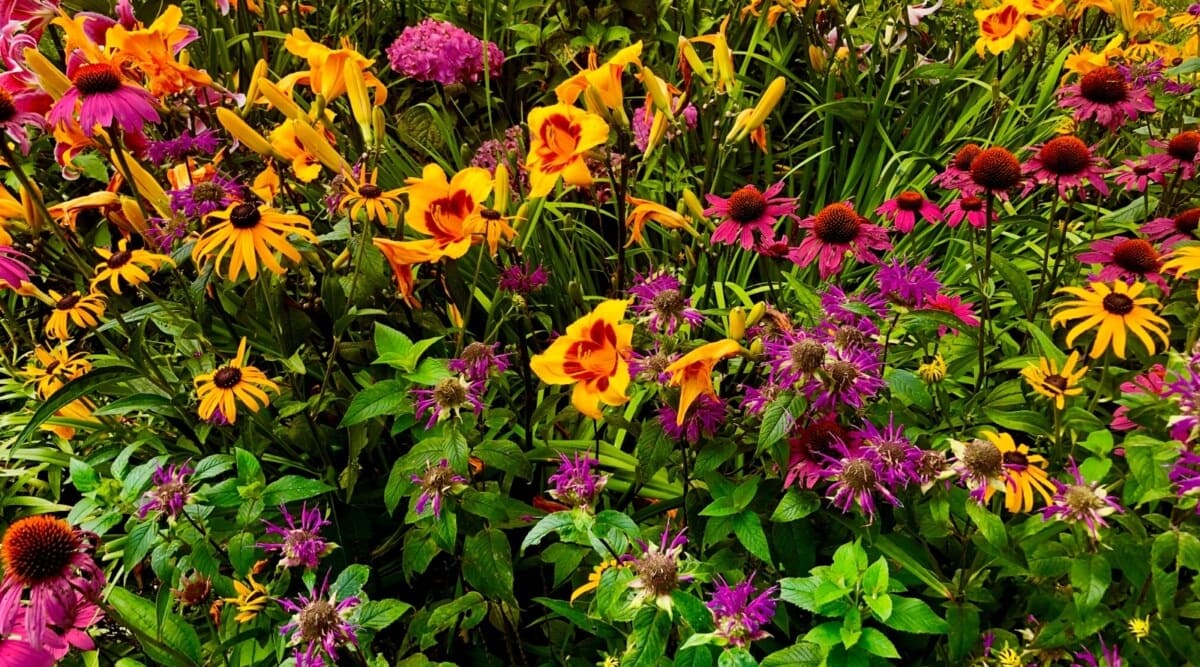

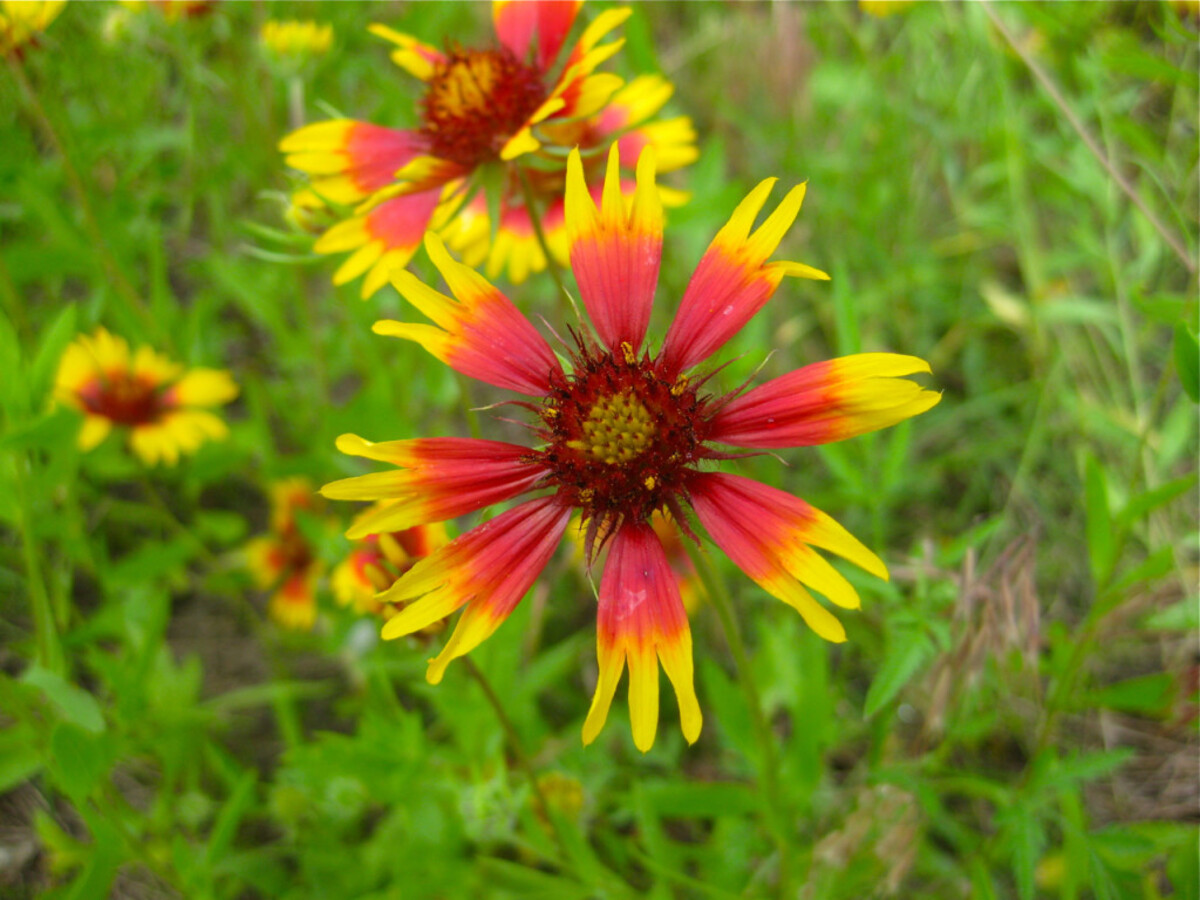
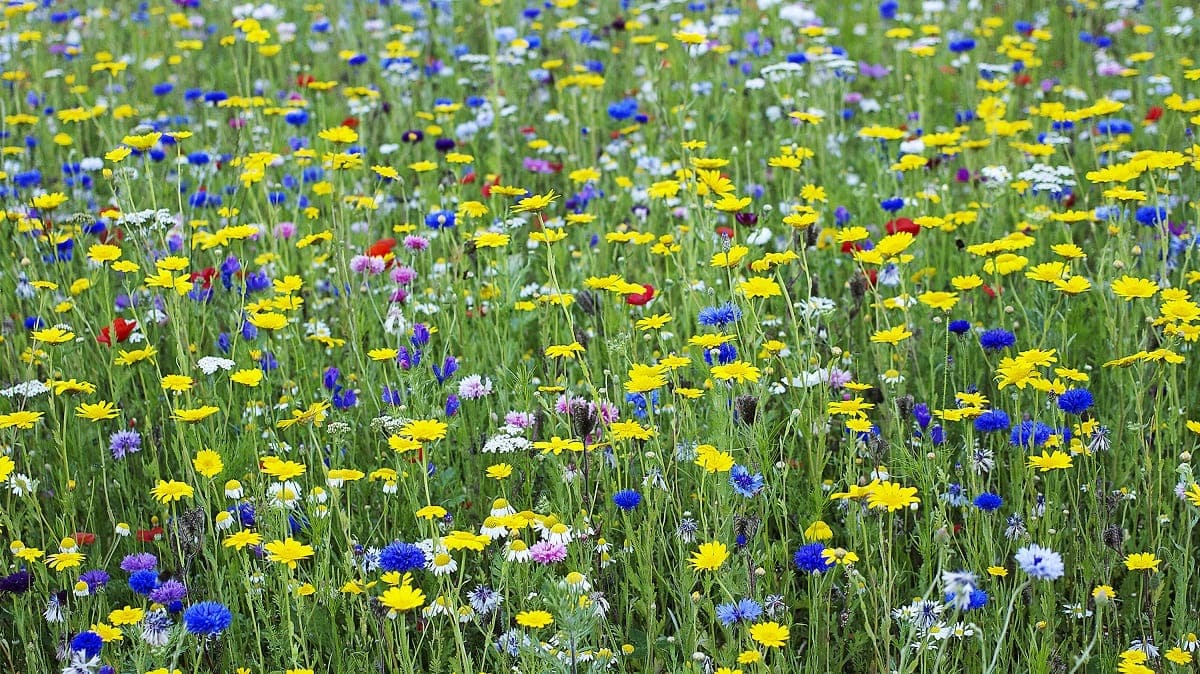
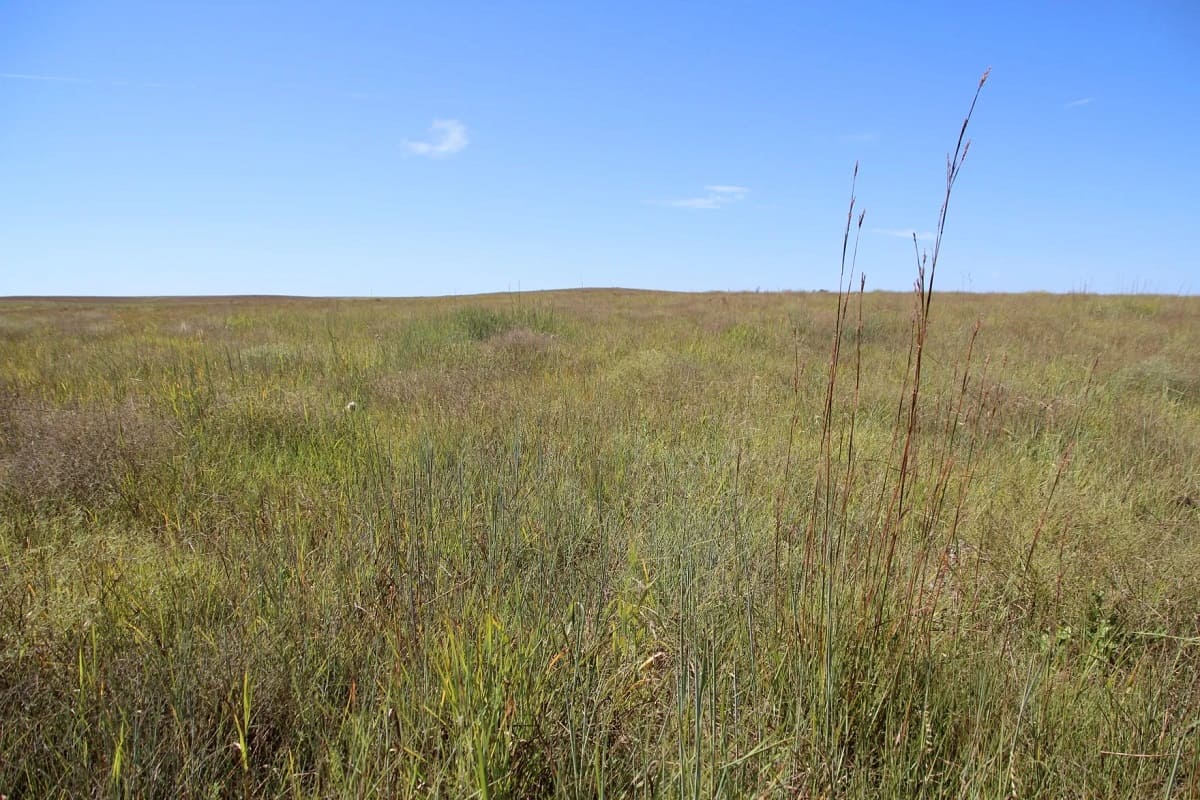
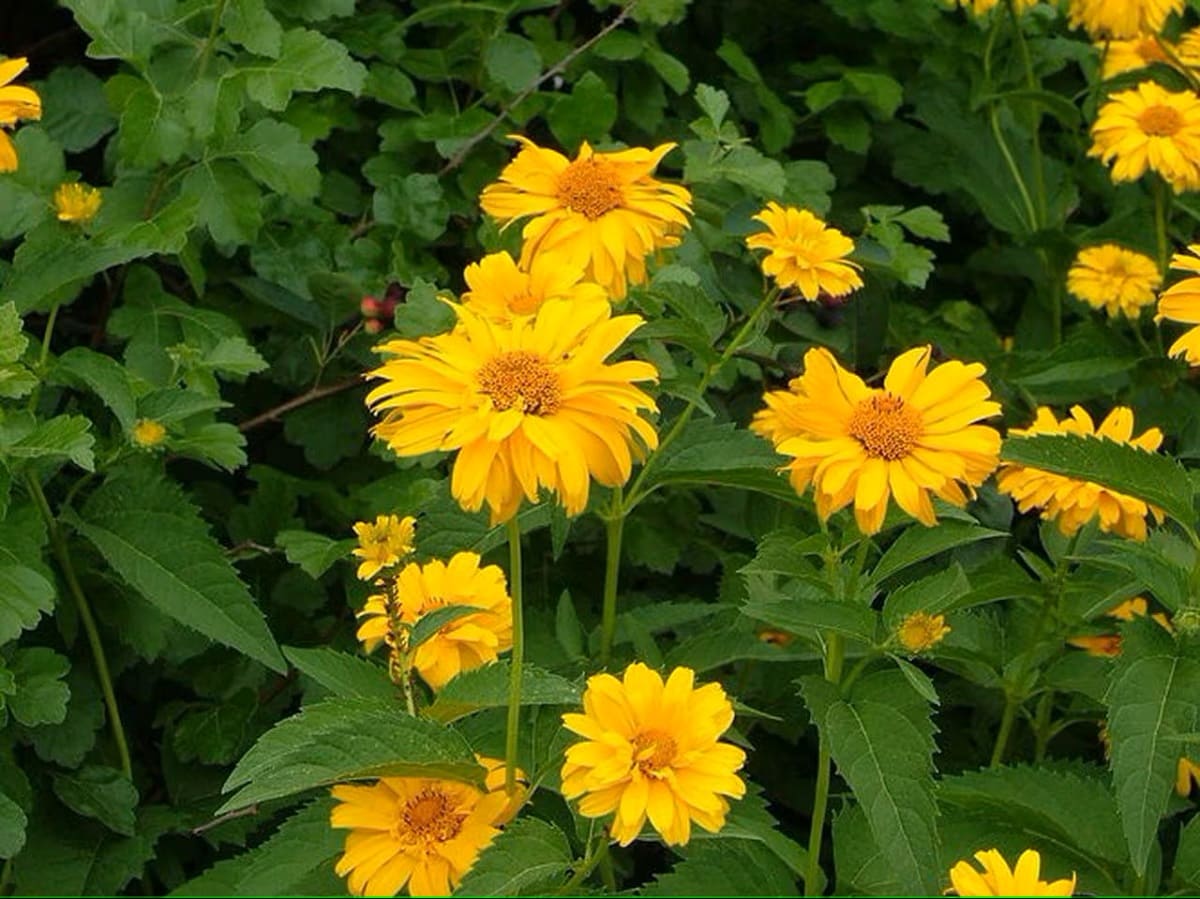
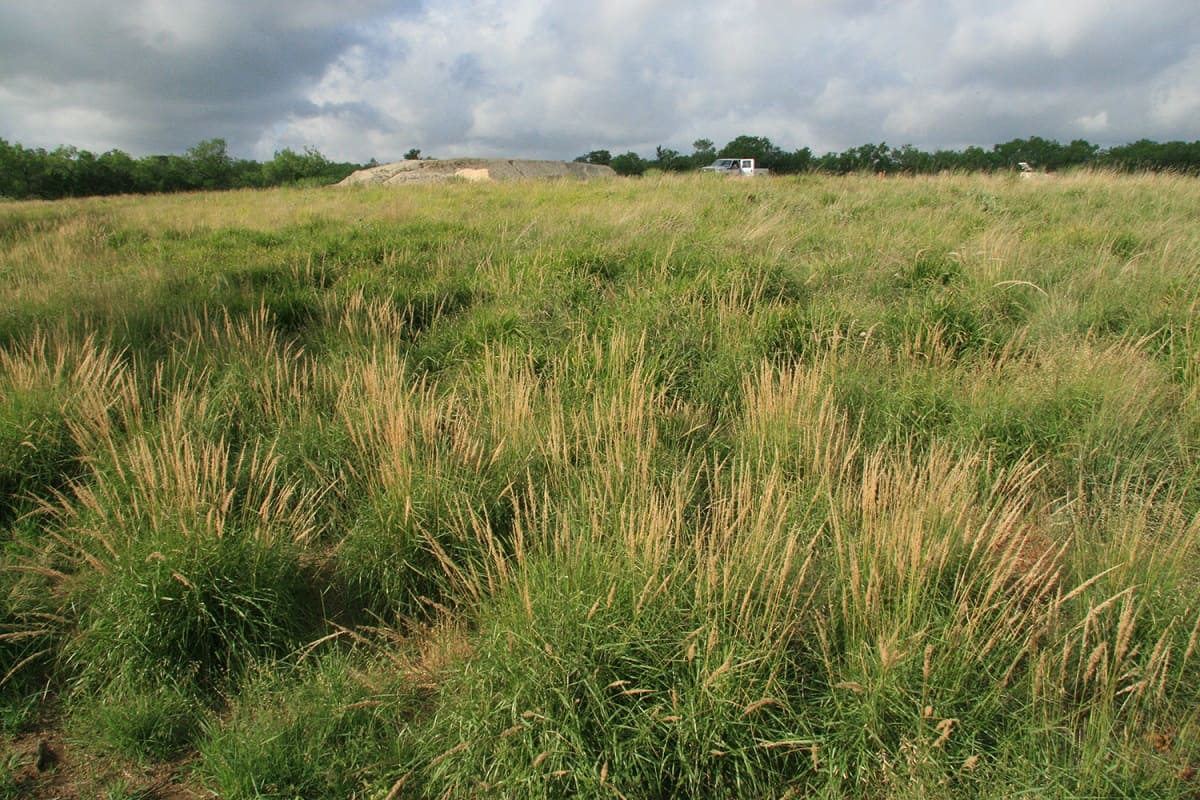
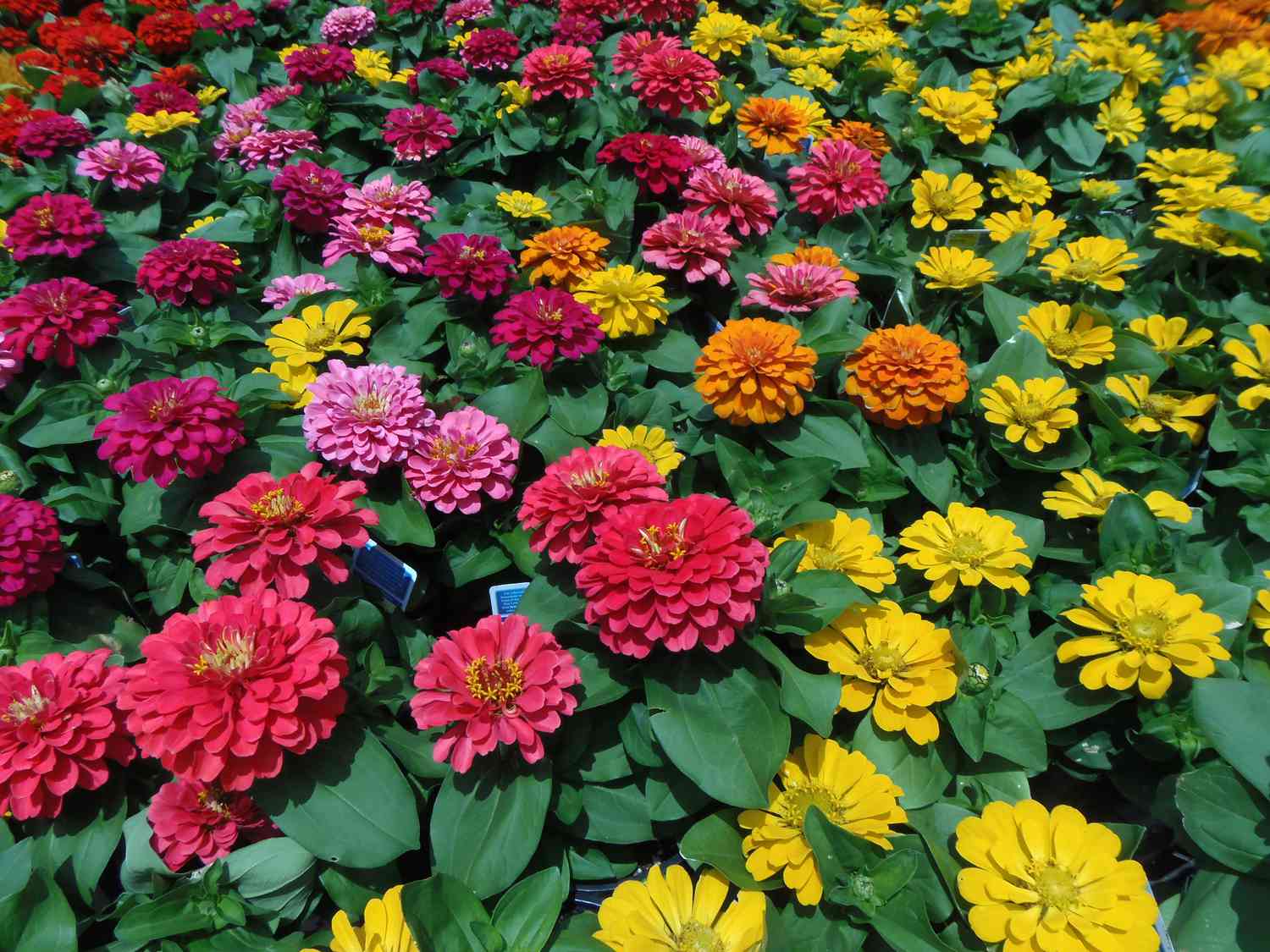
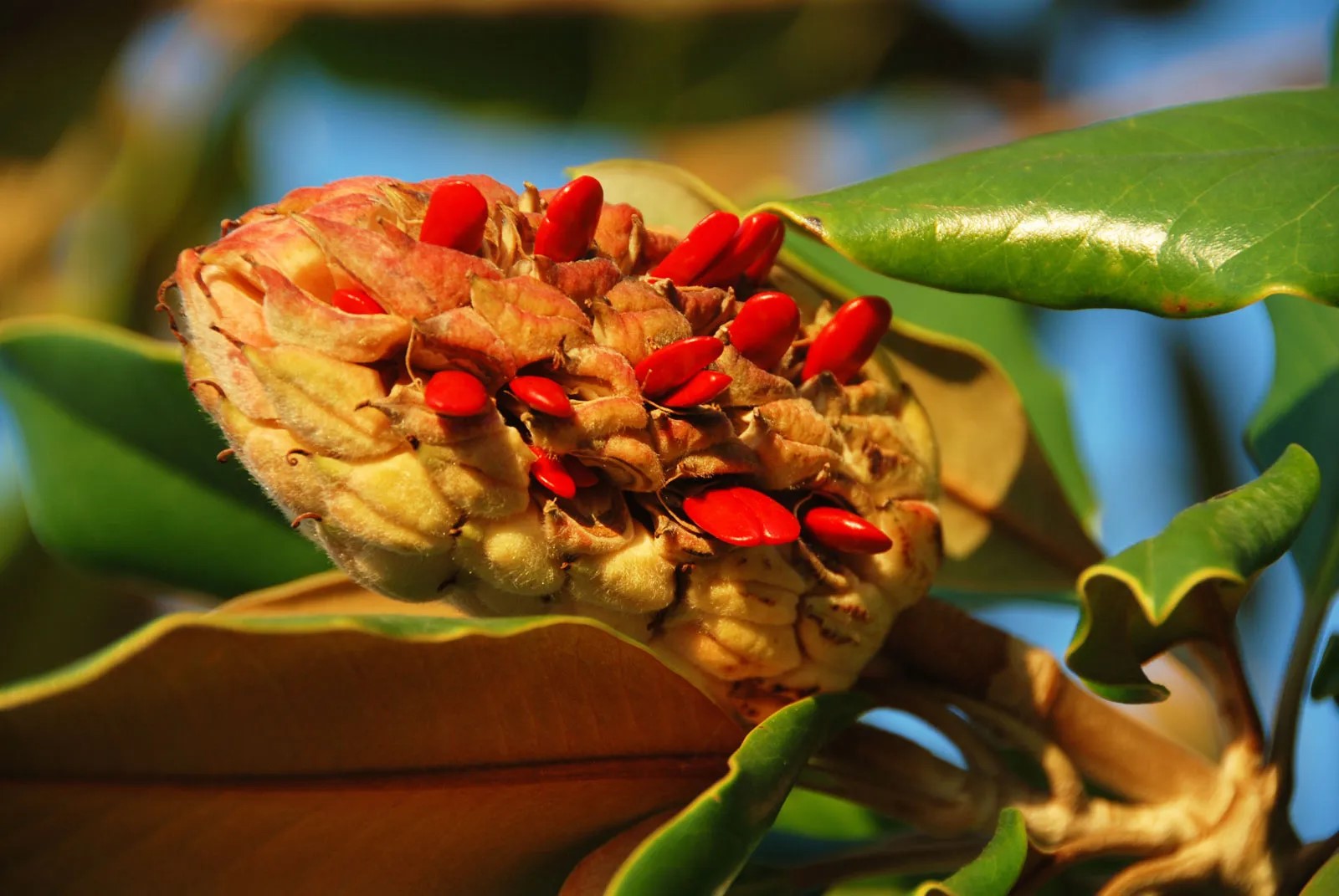
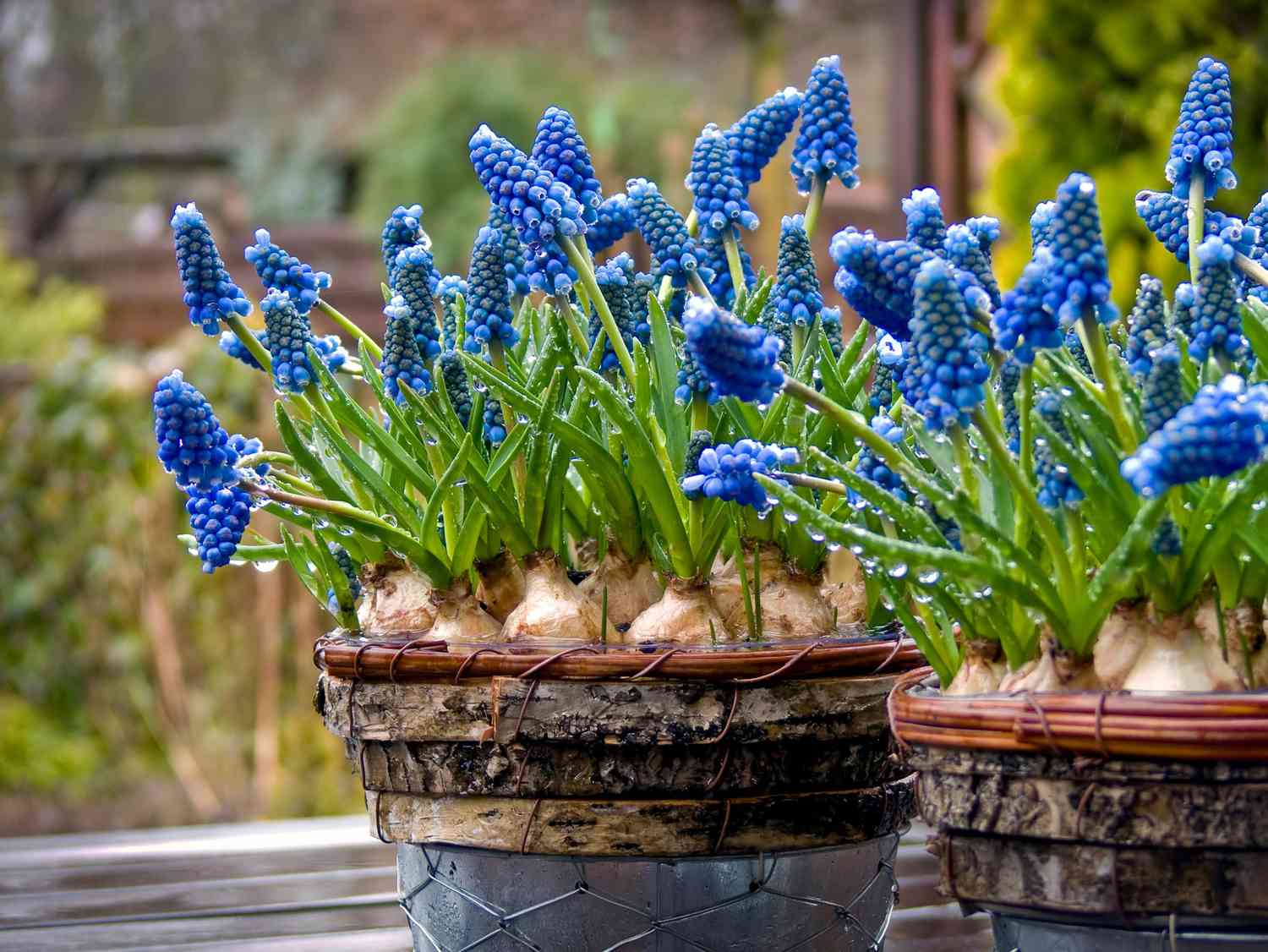
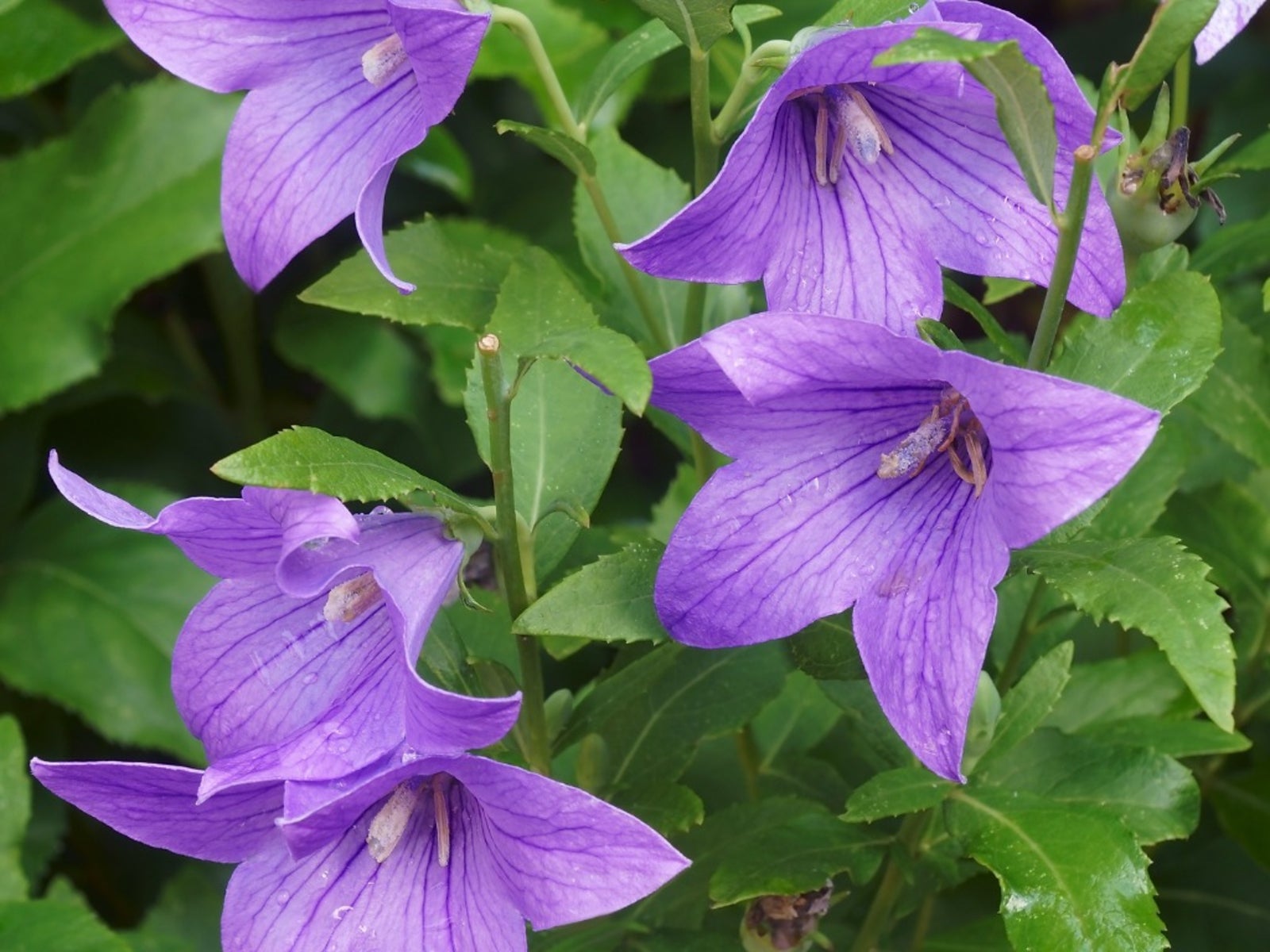

0 thoughts on “When To Plant Indiana Native Flower Seeds”